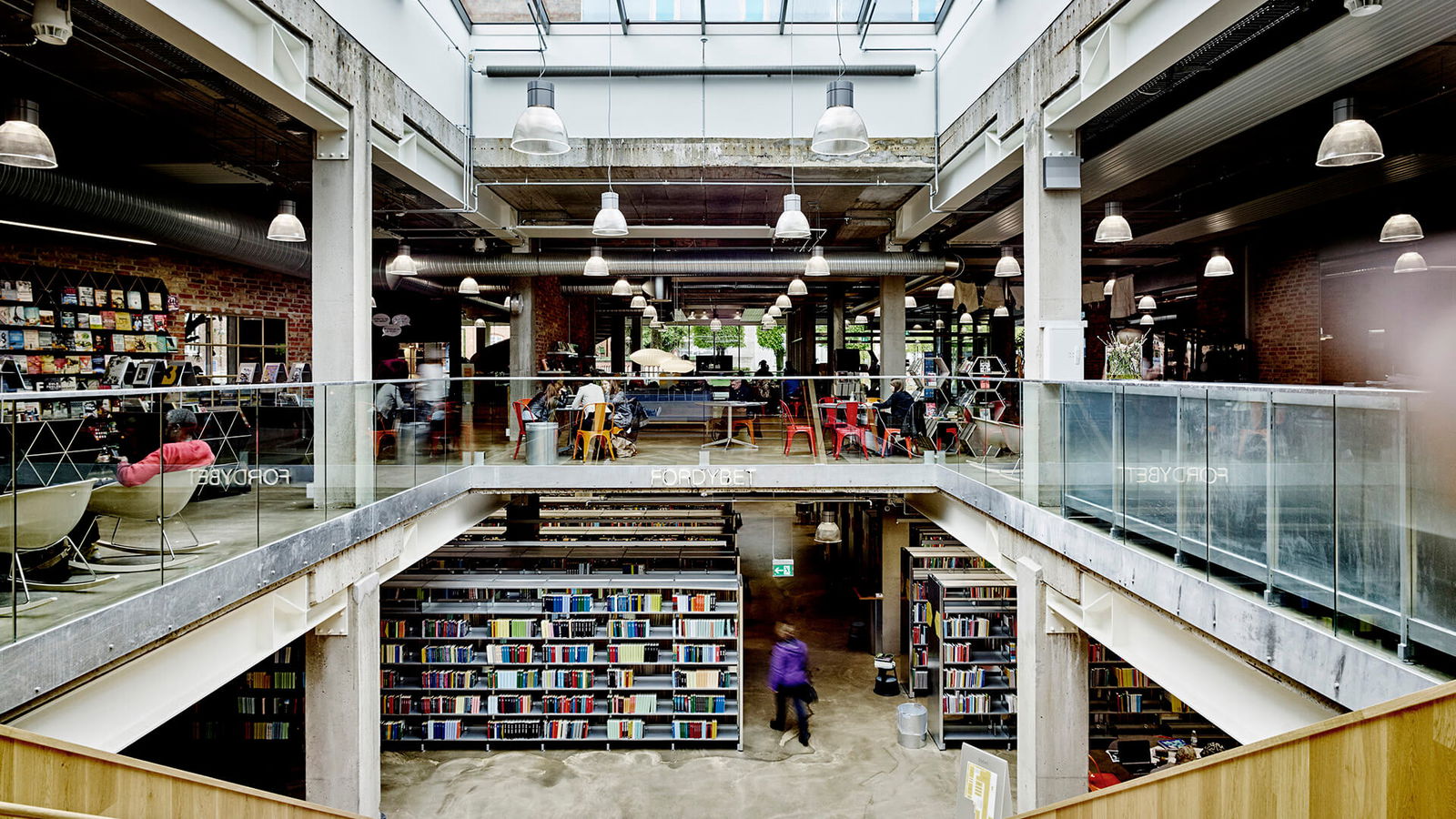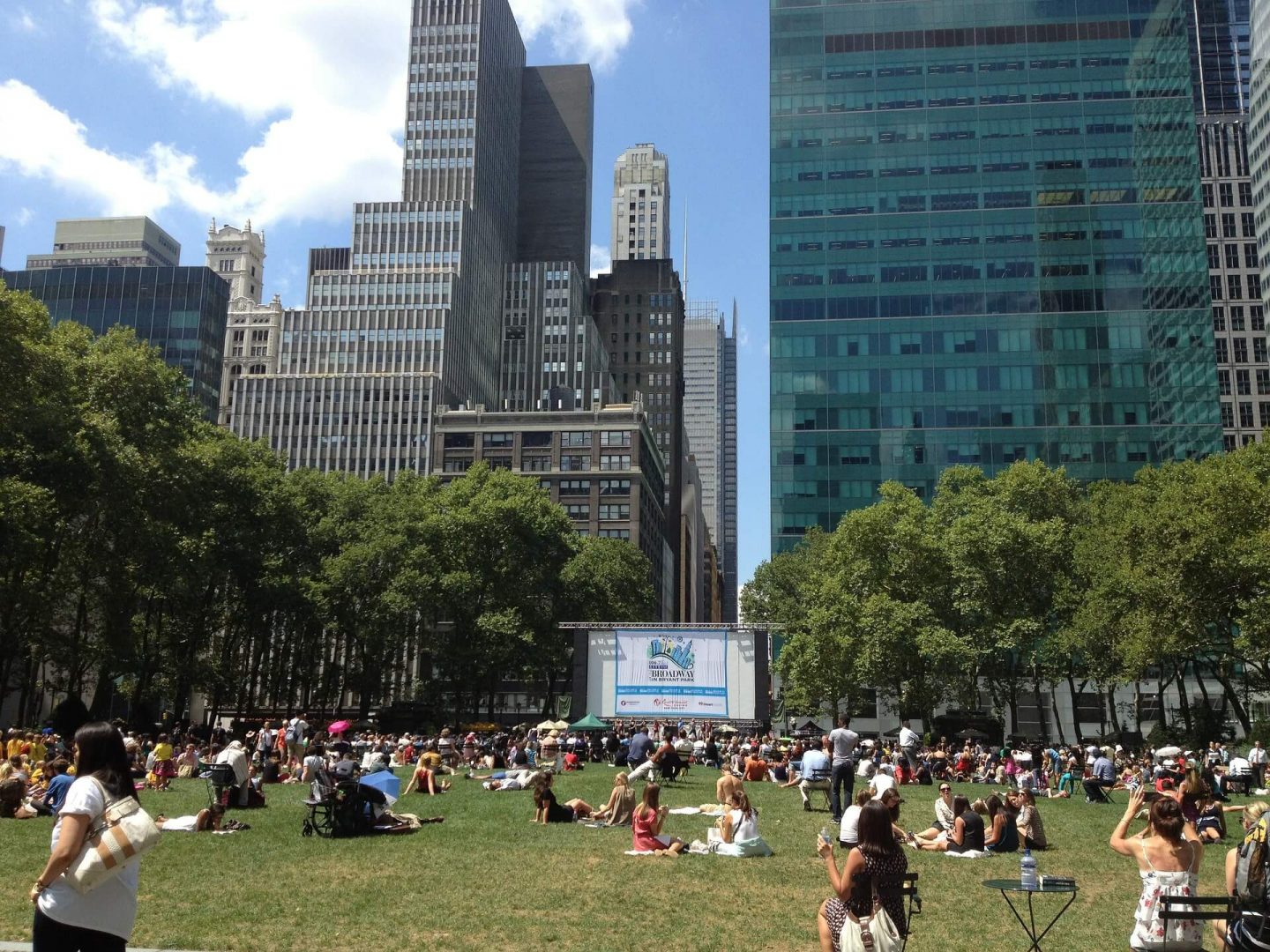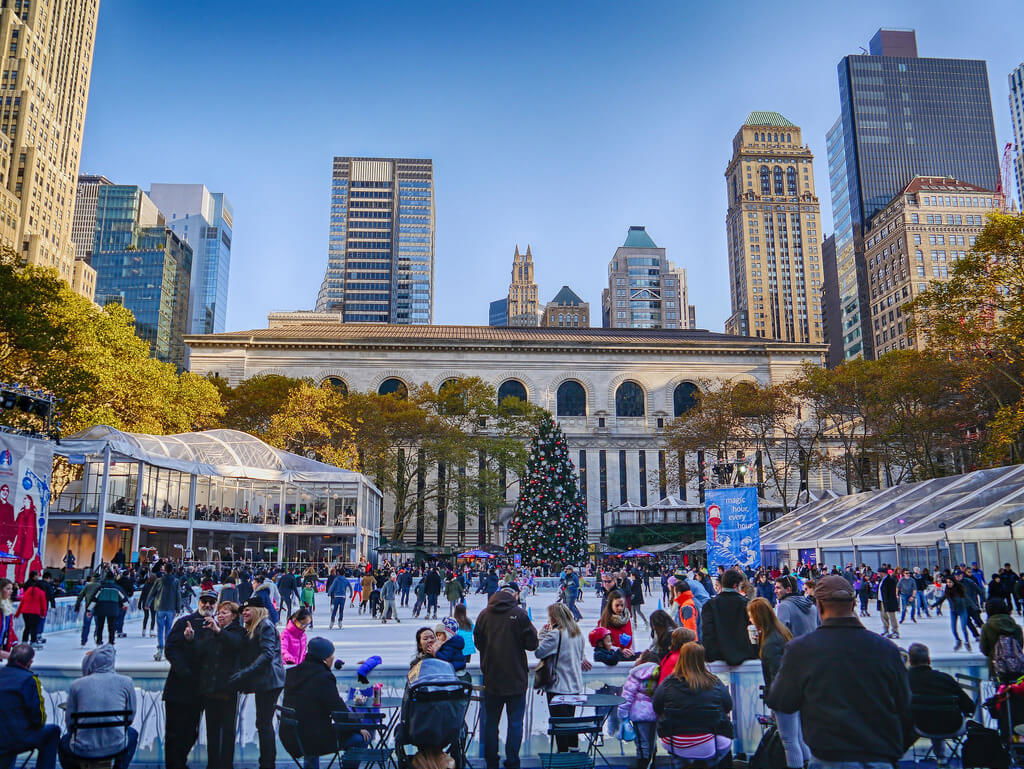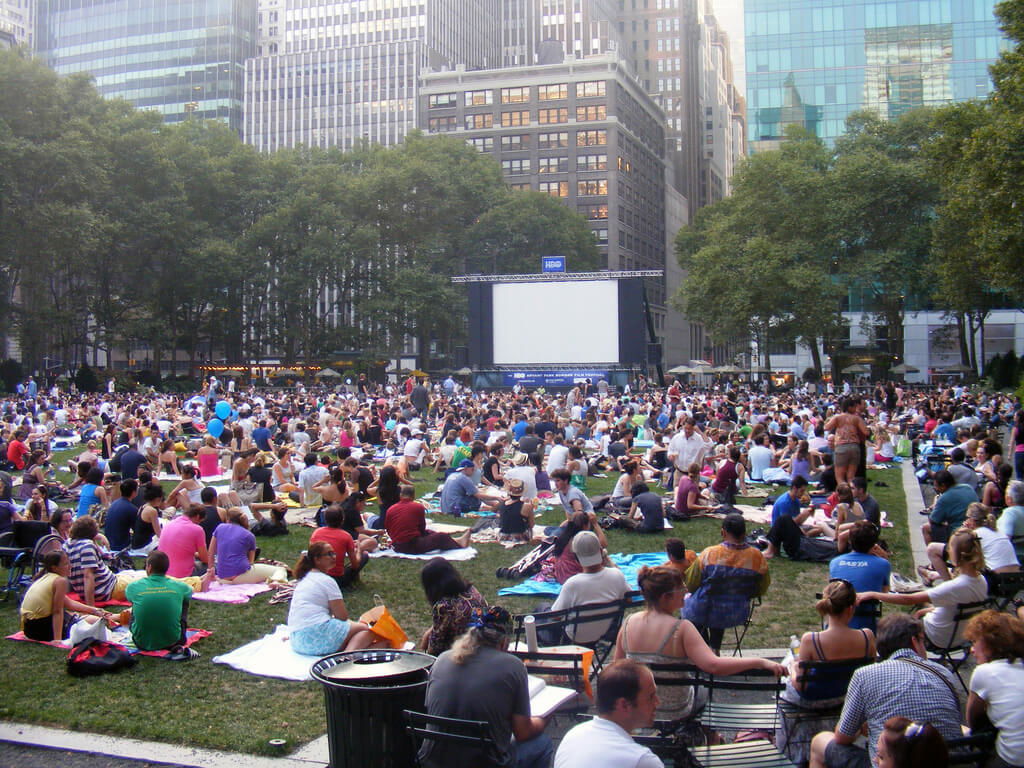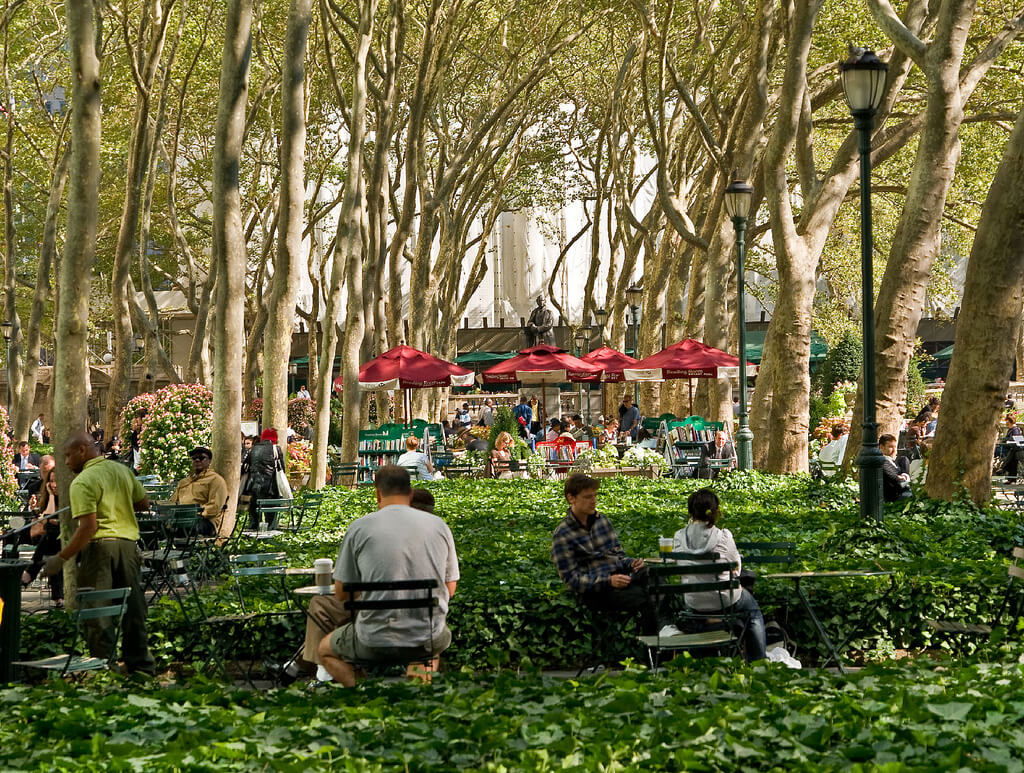Metamorphosis in the metropolis
After several failed renovation projects something had to be done to stop the park’s downward spiral. The Bryant Park Restoration Corporation was founded in 1980 by Dan Biederman, an urban redevelopment expert, along with Andrew Heiskell, chairman of Time Inc. and the New York Public Library. The corporation was, and is, a not-for-profit, private management company with the goal of reclaiming the park for the people. But how does private ownership and management translate into public use? Their pragmatic approach has turned the park into a striking win-win example for companies and the public alike. This public space turned into a successful third place thanks to an initial private push followed by the population’s acceptance.
Dan Biederman applied the “Broken Windows Theory” in his approach to regenerating the area. This theory stipulates that disorder (which can be seen in bad neighborhoods in the form of broken windows, for example) leads to crime and other unlawful behavior, which in turn leads to more disorder. An appealing park with dynamic public programming was the way he chose to break this cycle of disorder and negative behavior. Over the course of its transformation, the park made many vital choices that led up to its current success. Public programming was the key first step to raise the value of an entire facility and driving the value of real estate surrounding the park. Today many companies are so eager to be associated with Bryant Park that vanity addresses have emerged. Addresses around the park changed from for example 42nd Street to Bryant Park.
The glass at Bryant Park is always two times half full
The park offers visitors value in a stimulating setting: 50% of the programming is recreational, including a free ice skating rink. The other 50% is educational, including yoga, book reading clubs and a speaker’s corner. The park hosts more than 1,000 free events a year. In 2002 Bryant Park was the first park in New York to provide free Wi-Fi and currently has a livestream via webcam. By providing chairs instead of fixed benches, people sit and spend time as they like. Locals take ownership of this third place, causing society to self-regulate: no chairs are stolen, the park even designs and sells them due to their popularity.
This park benefits all layers of society while bringing them together. Although corporations took the first steps, it was the public that enabled the success of this endeavor; a long-term investment became profitable because people claimed this third place and identified with it. A park managed to elevate an entire neighborhood of the Big Apple.
Could your nearby green be the next Bryant Park?
More information on Bryant Park can be found on their website http://bryantpark.org
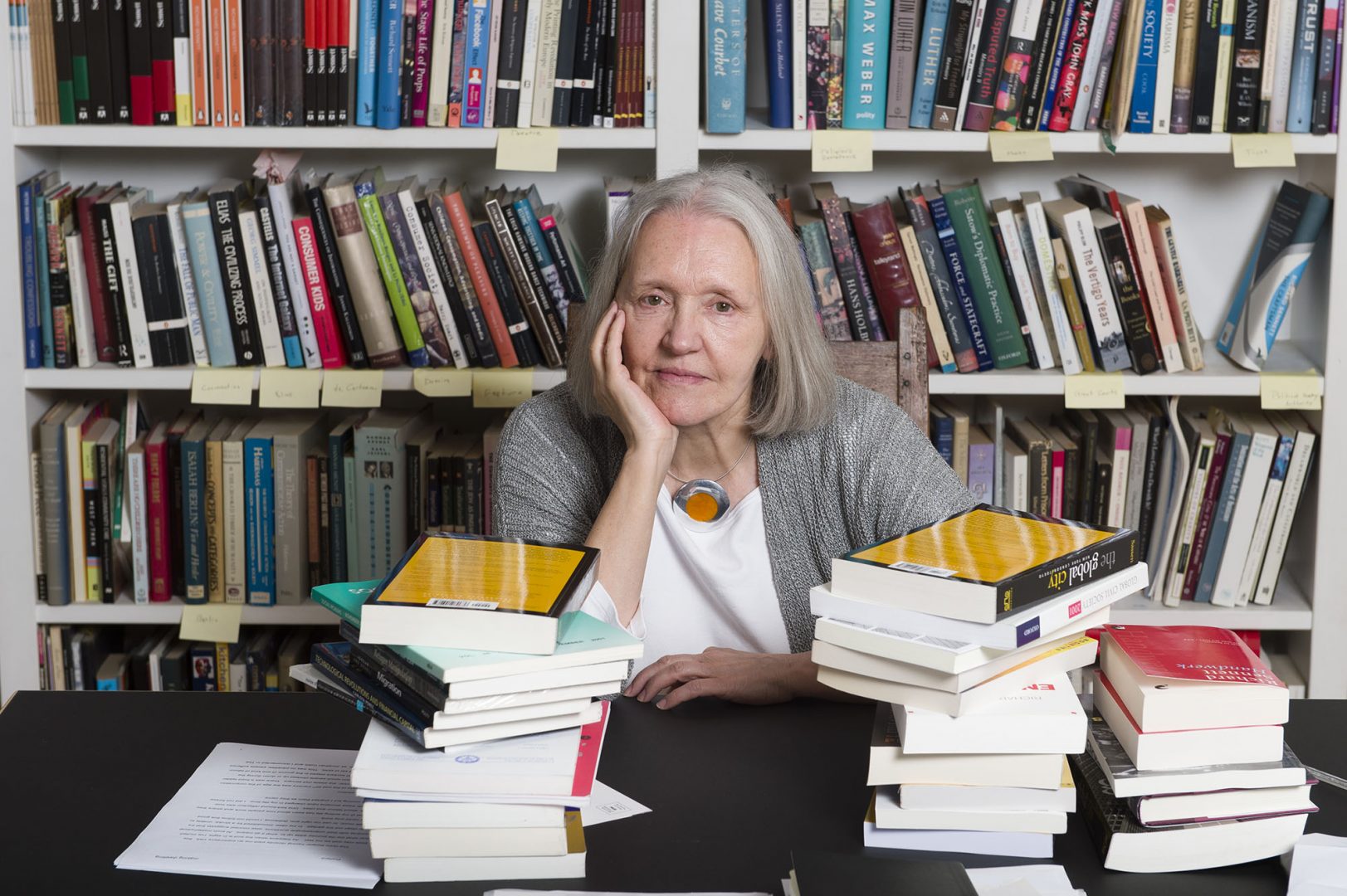
Saskia Sassen On Giving Our Cities Back To The People
